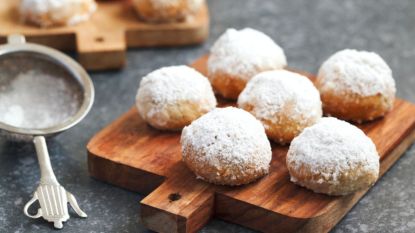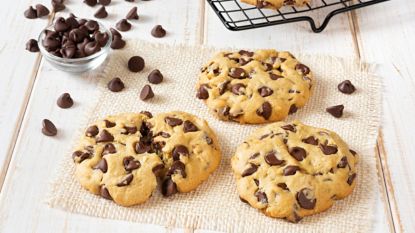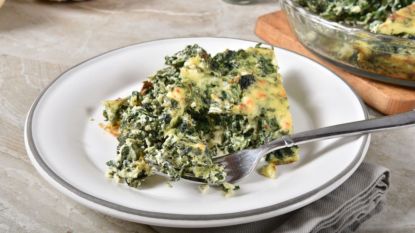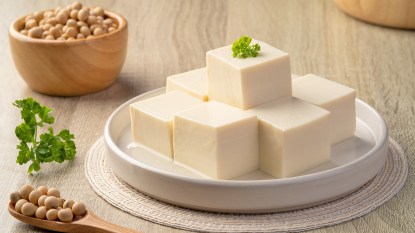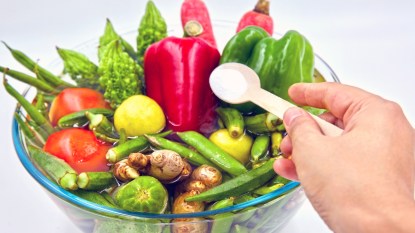6 Dos and Don’ts of Making a Gouda Cheeseboard That Will Brie the Hit of the Party
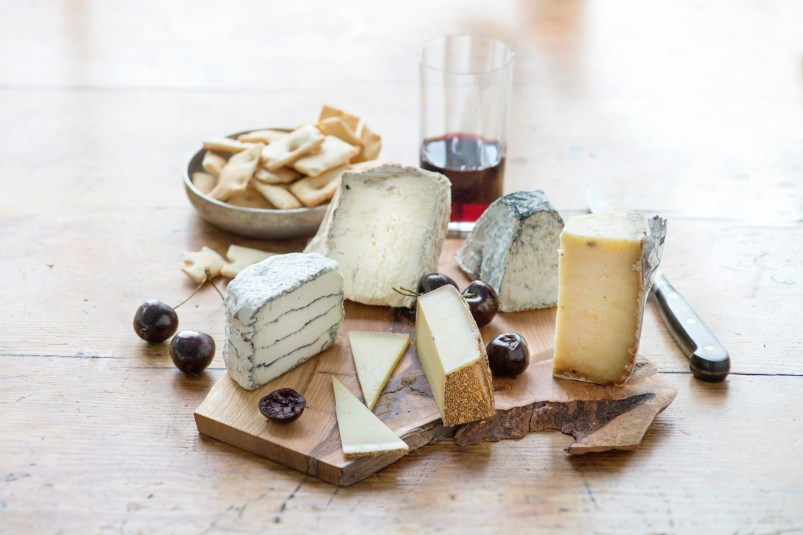
In the age of Pinterest, Instagram, and social media snooping, there’s no getting away with second-rate food presentation these days — especially when it comes to cheese boards. If you’re looking to impress your guests at your next get-together, or have just always wanted to master the art of a “wow” cheese platter, now’s your chance. Australian Woman’s Weekly teamed up with Australian cheese brand Tasmanian Heritage to bring you a guide to creating the perfect cheese board — a life skill your friends and guests will definitely thank you for.
Cheese Board Dos
- DO keep the cheeses separate. Different cheeses have their own unique flavor, so no cheeses should be touching.
- DO serve a variety. Add something sweet, savory, and something crunchy to the mix, and ensure you have a range of accompaniments suited to all the types of cheese. Consider using cheese labels to help guests distinguish between each type. Alternatively, you could use butcher’s paper as a makeshift tablecloth, and write the names of each cheese around the side of the board.
- DO use one knife per cheese. It’s proper cheese board etiquette. After all, no one likes a double-dipper.
Cheese Board Don’ts
- DON’T overcrowd your cheese board. It’s important not only to remember all the key players of a cheese platter (ie. cheese, crackers, bread, biscuits, fruit, quince paste), but also to ensure there’s enough space for everything. You need to give guests room to cut their cheese so remember to factor that in. And, if you have a big crowd coming over, it’s a good idea to use multiple boards to avoid overcrowding.
- DON’T leave a knife standing in the cheese; it’s considered poor form. Instead, place knives by the side of each cheese so that guests can find them easily.
- DON’T serve cheese straight from the fridge. When it comes to creating a cheese board, always remember Tasmanian Heritage’s “Three R” rule: “If it’s ripe and at room temperature, it’s ready to eat!” Translation: Cheese is best eaten closest to its best before date; this allows for the flavor to be fully developed. It’s also best eaten at room temperature — not straight from the fridge — so always take cheese out of the fridge at least one hour before serving.
This article was written by Tasmanian Heritage. For more, check out our sister site, Now to Love.
More From FIRST
Turn Rice Into a Low-Calorie Meal by Chilling the Grains After Boiling Them
Lentils Can Reduce Blood Sugar Levels — If You Eat Them the Right Way





